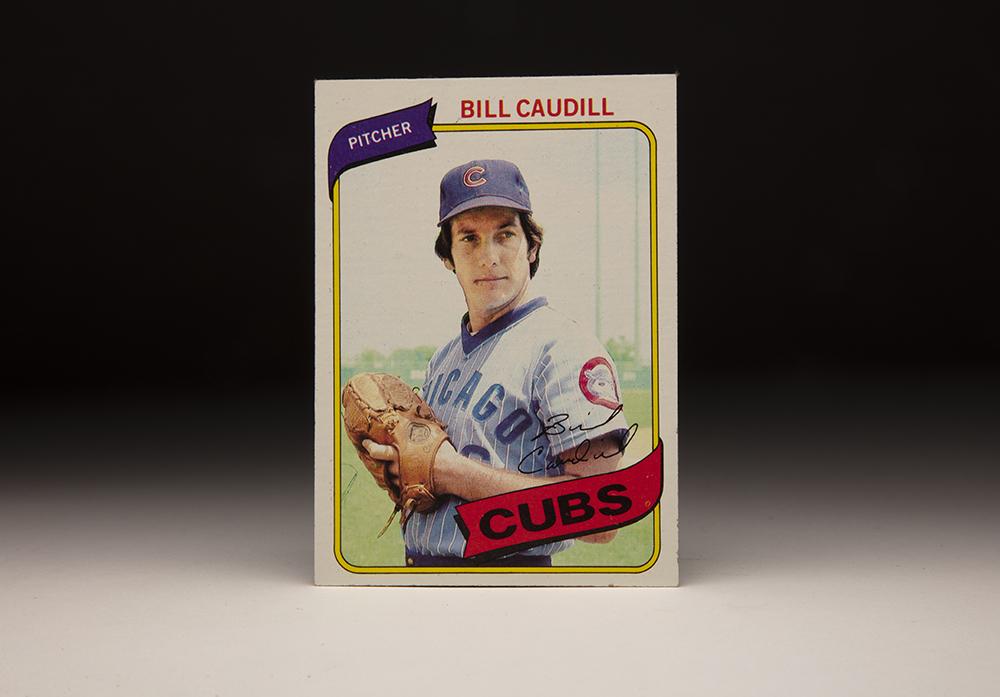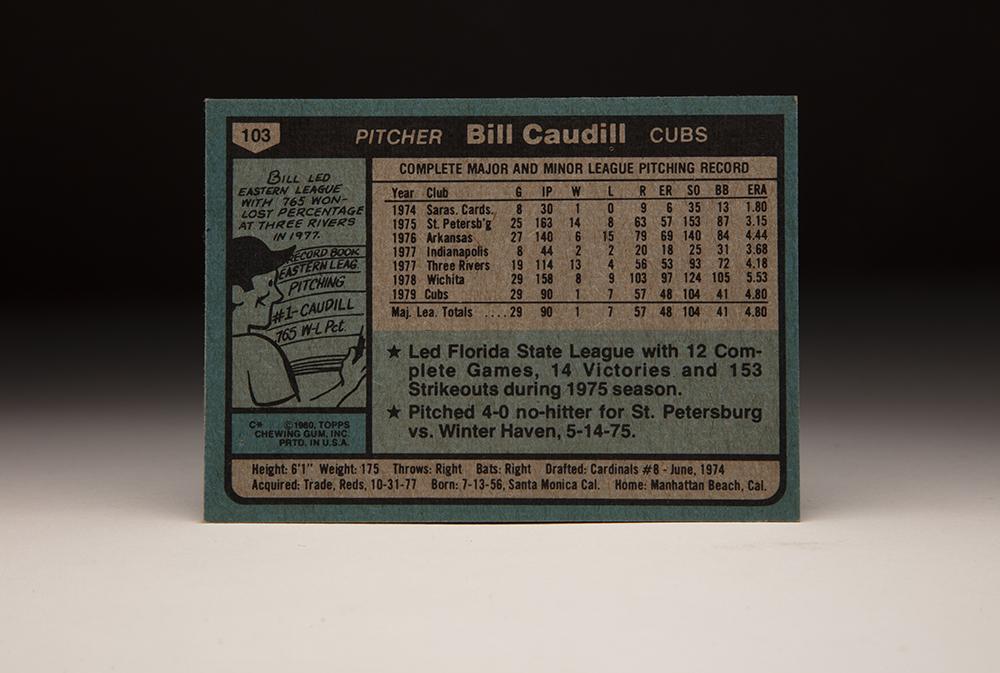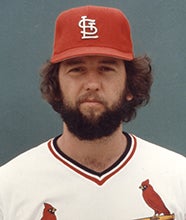- Home
- Our Stories
- #CardCorner: 1980 Topps Bill Caudill
#CardCorner: 1980 Topps Bill Caudill
In 1980, the last-place Chicago Cubs had a bullpen that featured two future Hall of Famers, another reliever who would one day win the American League MVP Award and a veteran who led the big leagues with 84 games pitched.
Then there was Bill Caudill – who may have been the best of them all that season. And Caudill’s finest seasons were still to come.
Born July 13, 1956, in Santa Monica, Calif., Caudill was a prep baseball star who went on a three-year winning streak for Aviation High School in Redondo Beach. In regular season play in his senior year, Caudill posted an ERA of 0.87 while hitting .390 at the plate.
“He has excellent velocity,” Aviation High School head coach Ken Wilson told the Los Angeles Times. “He has a good curve and can throw both the curve and fastball either overhand or sidearm, so he really has four good pitches.”
Drafted in the eighth round by the Cardinals following his senior season in 1974, Caudill signed and reported to the team’s Gulf Coast League team, where he went 1-0 with a 1.80 ERA in eight appearances, striking out 35 batters in 30 innings. One of the infielders on that team was a 21-year-old prospect named Scott Boras, who never made it to the majors but would go on to become one of the most influential agents in the game.
Official Hall of Fame Merchandise
Hall of Fame Members receive 10% off and FREE standard shipping on all Hall of Fame online store purchases.
Caudill was one of his first clients.
In 1975, Caudill was a starter for St. Petersburg of the Florida State League, going 14-8 with 153 strikeouts and a 3.15 ERA in 163 innings. But when he advanced to Double-A in 1976, Caudill struggled – going 6-15 with a 5.08 ERA for Arkansas of the Texas League.
The Cardinals, however, saw value in Caudill’s live right arm and invited him to their big league Spring Training camp in 1977. On March 28, the Reds acquired Caudill in a one-for-one deal for prospect Joel Youngblood.
Cincinnati sent Caudill back to Double-A in 1977, and Caudill went 13-4 for Trois-Rivieres of the Eastern League before earning a late-season promotion to Triple-A Indianapolis. Looking for veteran pitching, the Reds sent Caudill, veteran Woodie Fryman and cash to the Cubs on Oct. 31 in exchange for Bill Bonham.
“We think Bill Bonham will give us the experience and depth we need among our starters,” Reds president Bob Howsam told United Press International.
But while Bonham won 22 games over three seasons in Cincinnati, Caudill went on to become one of the top young relievers in the game in Chicago.
Caudill remained a starter in 1978, going 8-9 with a 5.53 ERA for Triple-A Wichita. Then in 1979, Caudill returned to Wichita and began the season with a 3-1 record and 2.75 ERA. The Cubs summoned him to Chicago, and he made his big league debut with three innings of work against the Astros on May 12, allowing just one unearned run.
He made regular starts for the Cubs in July and August but was plagued by home run balls, allowing 16 over 90 innings of work in the majors that year. Caudill finished the season with a 1-7 record and 4.80 ERA in 29 games. But Caudill also struck out 104 batters, prompting the Cubs to move him to the bullpen in 1980.
“I’ll get the call before Bruce Sutter – when we need a strikeout or a double play,” Caudill told the Herald and Review of Decatur, Ill. “We have the best bullpen. If we get a one-run or two-run lead in the fifth inning, we’ll win. The bullpen will hold them.”
Caudill lived up to his own expectations, going 4-6 with one save and a 2.19 ERA over 72 games, striking out 112 in 127.2 innings. He finished 27 games, taking on the role of pitching when the team was trailing so Sutter – the 1979 NL Cy Young Award winner – could work in save situations.
Sutter recorded 28 saves and won another five games, accounting for almost 52 percent of the Cubs’ wins that year. The Cubs’ bullpen also featured a young Lee Smith, 1984 AL Cy Young and MVP winner Willie Hernández and Dick Tidrow, who led the big leagues in appearances. But with a rebuilding task ahead, the Cubs traded Sutter to the Cardinals on Dec. 9, 1980, in exchange for Leon Durham, Ken Reitz and Ty Waller.
Caudill, however, did not inherit the closer’s job. New manager Joey Amalfitano, who took over midway through the 1980 season, used Tidrow as his primary stopper while Caudill moved back into the rotation, taking regular turns before the strike interrupted the season in June. When play resumed in August, Caudill returned to the bullpen – and he finished the season with a 1-5 record and 5.83 ERA in 30 games, including 10 starts.
Caudill blamed his struggles on unwanted weight loss.
“After the 1980 season, (the Cubs) told me to lose 25 pounds,” Caudill told the Los Angeles Times. “So I reported to camp at 175. I lost the 25 pounds all right, but I lost about two feet off my fastball, too. My strikeout pitch turned into a single or double pitch.
“It was a frustrating year for me, but, hey, even Betty Crocker burns a cake every once in a while. Everybody has a bad year now and then.”
On Nov. 21, 1983, the Mariners sent Caudill and Darrel Ackerfelds to Oakland in exchange for Dave Beard and Bob Kearney.
“He’s the guy we want to hand the ball to in the eighth inning, and if we’re on the road people start to get up and leave,” Athletics president Roy Eisenhardt told the Associated Press.
Caudill exceeded Eisenhardt’s expectations by saving 36 games in 68 appearances while going 9-7 with a 2.71 ERA. He was named to his first All-Star Game and worked a perfect seventh inning, striking out Tim Raines, Ryne Sandberg and Keith Hernandez at Candlestick Park.
But following the season, the Athletics decided to take advantage of Caudill’s value and traded him to the Blue Jays – a team in search of a closer – in exchange for Dave Collins, Alfredo Griffin and cash.
The Cubs, though, decided not to wait for Caudill to post another good season. On April 1, 1982 – after Caudill had reported to Spring Training at 200 pounds and pitched 17 scoreless innings – Chicago sent Caudill and Jay Howell to the Yankees to complete an August 1981 deal that sent Pat Tabler to the Cubs. The Yankees then turned around 22 minutes later and traded Caudill, Gene Nelson and Bobby Brown to the Mariners for Shane Rawley.
“The Cubs gave up on me,” Caudill said. “It’s pretty hard to pitch effectively when you only get in a game once every 18 days.”
Caudill quickly established himself as the Mariners’ closer with three wins, three saves and a 1.33 ERA over 11 appearances in April of 1982. He also became a team leader – and earned a nickname, the Inspector, that would follow him for the rest of his career.
“We came back from our first road trip and we were 2-7, mainly because we just couldn’t get any key hits,” Caudill told the Los Angeles Times. “So I thought I might loosen a couple people up. I brought in my deerstalker cap and went up to the bat rack. I told everybody I was going to solve The Case of the Missing Hits. I took out every bat, looked ’em over, held ’em up to my ear and shook ’em. Then I threw about four in the trash can.
“Well, we went out and got (seven) hits and (five) runs and everybody started calling me ‘The Inspector.’”
Caudill finished the season with a 12-9 record and 2.35 ERA over 70 games, setting a new club standard with 26 saves and finishing seventh in the AL Cy Young Award voting. In honor of his nickname, the Mariners would play The Pink Panther Theme when he made his entrance from the bullpen.
By the end of the season, Caudill had established himself as one of the top jokesters in the game. His antics kept the club loose – but also concerned management.
“(Mariners owner) George (Argyros) said I had the capabilities of being a success or a failure,” Caudill told the Fort Lauderdale News during Spring Training of 1983 following negotiations that put bonuses for being under 205 pounds into his new contract. “That statement was a little harsh, but it opened my eyes. When you have a year like I did last year, you would think people would start recognizing and acknowledging all you have done. But all it’s done is pose more questions about Bill Caudill.”
Caudill matched his save total from 1982 in 1983 but his other numbers suffered. He went 2-8 with a 4.71 ERA and saw his strikeout totals drop from 111 to 73 in a season where he spent three weeks on the disabled list in August after spraining his ankle in a bench-clearing brawl with the Angels.
“If we don’t win it this year,” Blue Jays spokesman Howard Starkman told Gannett News Service, “it won’t be because of our bullpen.”
Caudill did not yet have six full seasons of service time entering the 1985 season, and after some contentious negotiations – which included an arbitration filing – the two sides finally came to an agreement that guaranteed Caudill $7 million over five years. Boras, in one of his early victories as an agent, also negotiated several bonus clauses into the pact as the right to use the Blue Jays logo in Caudill’s endorsement deals.
Caudill began the season with three wins and two saves in the first nine days. But he lost arm strength as the season went on and was replaced as the team’s closer by Tom Henke in August.
Henke finished the season with a 3-3 record and 13 saves over 28 games, earning AL MVP votes as he helped Toronto win the American League East title. Caudill finished 4-6 with 14 saves and a 2.99 ERA over 67 games but was pitching mostly in a mop-up role to end the season.
“I respect (Blue Jays manager) Bobby (Cox),” Caudill told UPI. “When he calls on me, I will do my best.
“Needless to say, if I was manager, I’d pitch me every day.”
But Caudill did not pitch at all during the seven-game ALCS, which Toronto lost to Kansas City.
“Judging by the way things went this season,” Caudill told the Baltimore Sun following the playoffs, “I honestly don’t think I’ll be back (with the Blue Jays).
“I’m not a crybaby, I’m not one for making excuses, and I’m not the kind of guy who can be happy with all his money while sitting back and watching.”
But the Blue Jays did bring Caudill back in 1986. With Henke firmly entrenched as the closer, Caudill was used sparingly and did not record a save until July 7. But he earned respect for continuing to battle as his fastball diminished, finishing the year with a 2-4 record and 6.19 ERA over 40 games.
Released four days before the 1987 season opener, Caudill signed a minor league deal with the A’s on April 30 and pitched his way back to the majors in July, where posted a 9.00 ERA over six games in the last big league appearances of his career.
On Aug. 1, 1987, Caudill broke his right hand while punching a man who was trying to assault his wife in a hotel parking lot. It would mark the end of his playing career.
“(The assailant) just walked right up and started screaming at me,” Caudill told AP. “I told him after I hit him once to get going, that’s it, go home. But he kept going on, told me he was going to kill me. He kicked me in the shins with his boots. Finally, after I hit him, security came and got him.”
Over nine big league seasons, Caudill posted a 35-52 record with 106 saves and a 3.68 ERA. And though his career ended after a tense altercation, no one was better at keeping everyone loose than the pitcher they called The Inspector.
“I love this game,” Caudill told the Los Angeles Times when he was with the Mariners in 1982. “This isn’t a business to me. I realize how lucky I am to be doing what I want to do.
“I don’t want to make millions of dollars or be a superstar. I just want to keep having fun and get the respect of my peers.”
Craig Muder is the director of communications for the National Baseball Hall of Fame and Museum
Related Stories
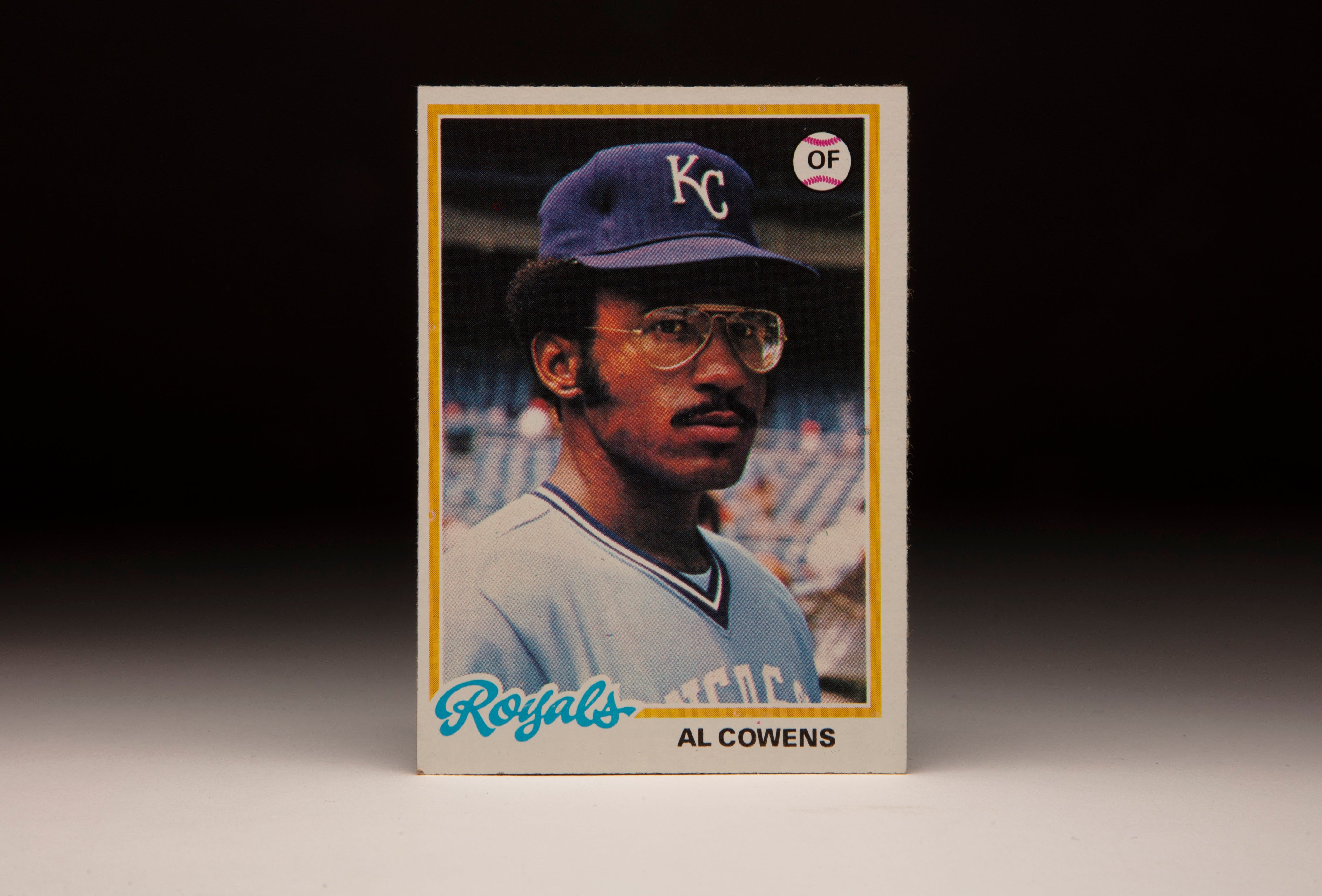
#CardCorner: 1978 Topps Al Cowens
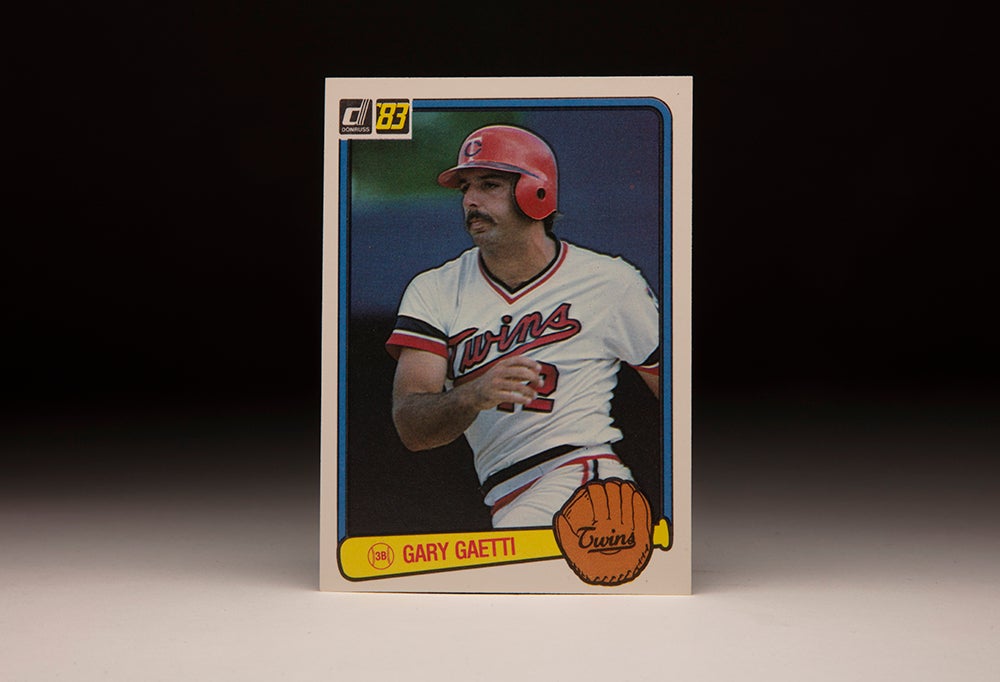
#CardCorner: 1983 Donruss Gary Gaetti
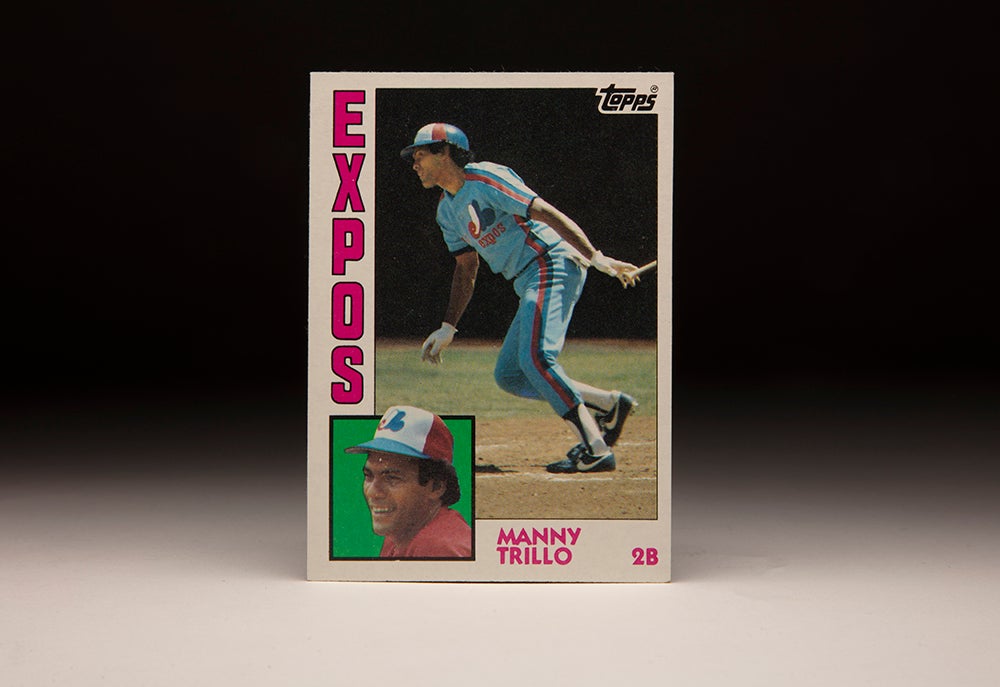
#CardCorner: 1984 Topps Manny Trillo

#CardCorner: 1986 Fleer Al Holland

#CardCorner: 1978 Topps Al Cowens

#CardCorner: 1983 Donruss Gary Gaetti

#CardCorner: 1984 Topps Manny Trillo


